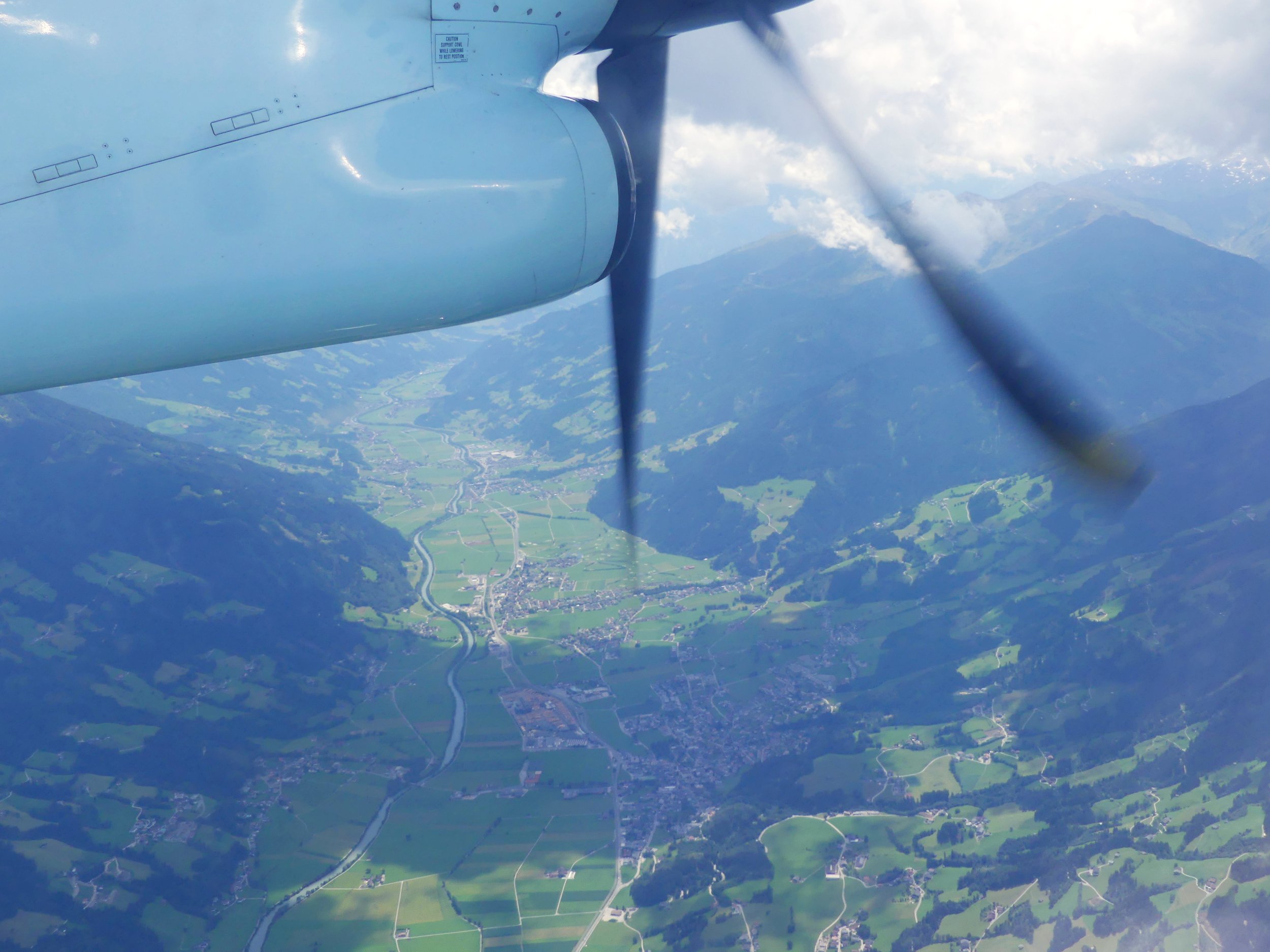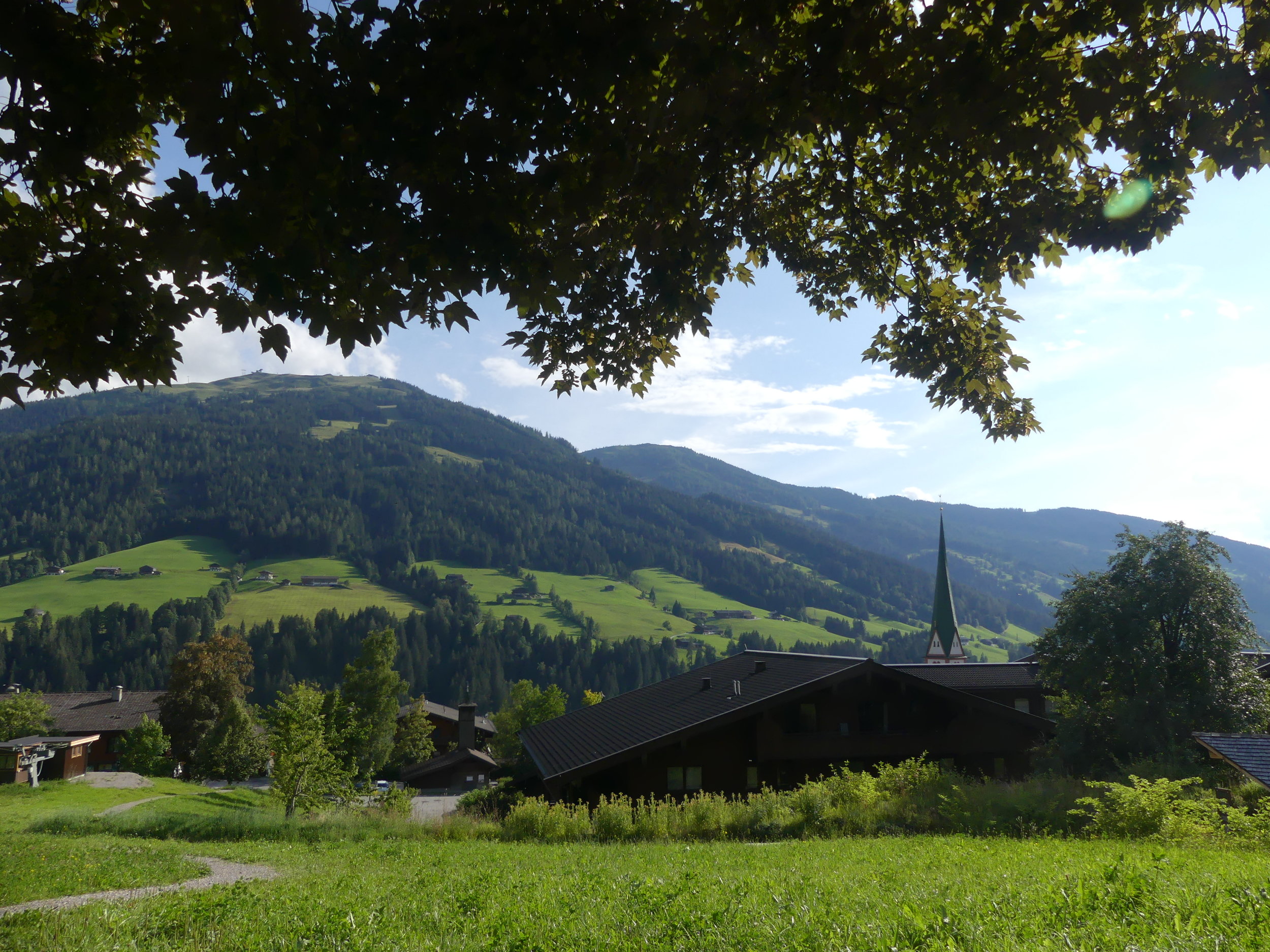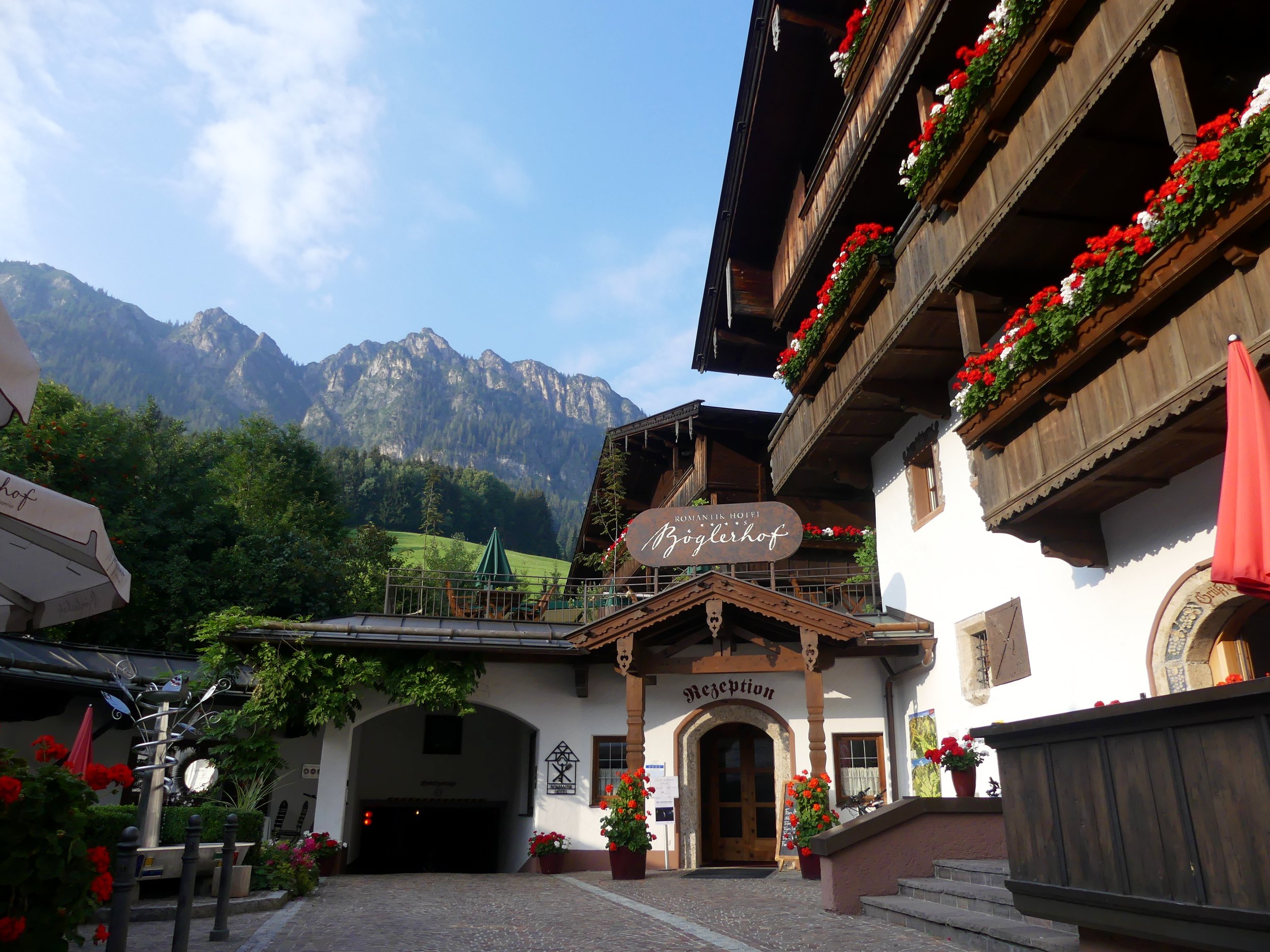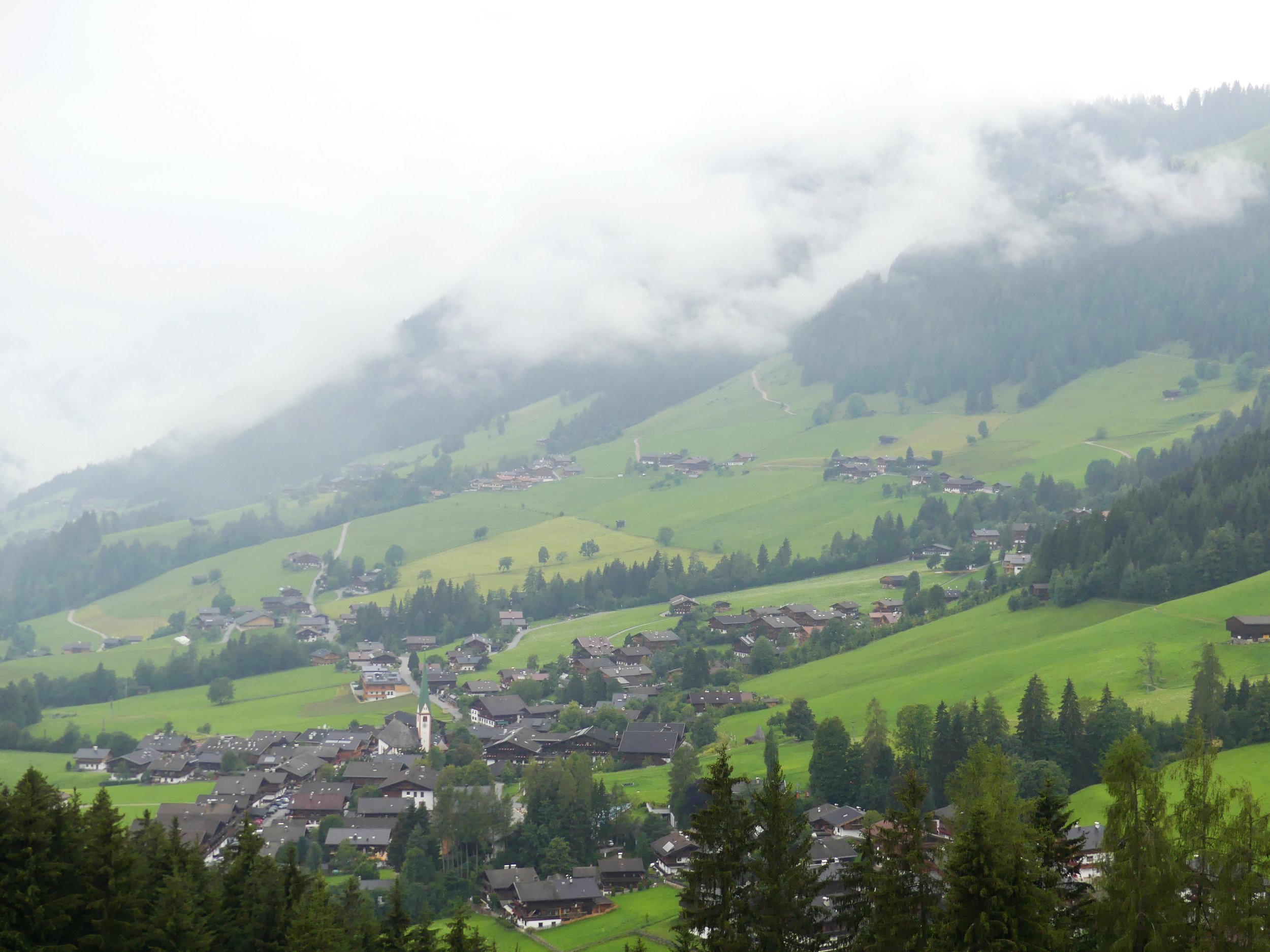European Space Agency: Alpbach Summer School
In a sentence: "In summer 2018 I was selected to design a space mission at ESA’s Alpbach Summer School for postgraduates."
For ten days in July I left the spires of Oxford and headed into the depths of the Austrian Alps to an exquisitely quaint little village, one which requires two planes, one train, and two buses to reach. With a population of two thousand six hundred, and with traditional geranium-lined wooden houses climbing up the valley slopes, Alpbach is hardly the most obvious place for the European Space Agency to conduct its business. But for forty-one years students from across Europe have been descending upon this village for its annual summer school, and this year I was one of sixty-four selected to attend.
The school’s aim is, in just ten days, to teach us how to conceive, design, and ultimately present the concept of a space mission. The sixty-four of us ranged from Bachelor level to PhD and included seventeen nationalities, with three other Britons all from different institutions. Both engineers and scientists can apply: these two groups must work together to understand why and where we wish to explore (scientists) and how exactly we intend to do it (engineers).
The ten days I spent in Alpbach felt like months. The programme was extremely intensive: on most days there were lectures and talks by researchers and space agency officials from across Europe, including both the present and former ESA Director General. Every other waking hour, from nine am to — at earliest — eleven pm, was mission planning. Split into four teams, we had ten days to come up with a viable and desirable mission, and this year’s theme was ‘sample return from small bodies’. This meant comets, asteroids, or (if you wanted to push your luck, as my team did), the not-so-small planetesimals in the Asteroid Belt.
My team chose one such planetesimal: Ceres. At almost a thousand kilometres across, Ceres is the largest object in the Asteroid Belt, accounting for around a third of this region’s total mass. It is so large, in fact, that when NASA’s Dawn spacecraft examined its surface from orbit from 2015 onwards, it discovered several exceptionally bright spots in a crater named Occator. These turned out to be salts erupted from a water-rich reservoir of sorts, deep below the surface. Could Ceres contain liquid water even today? To my team this was definitely worth a closer look. Entirely from scratch we designed the Calathus mission to return a sample of these salts from Ceres to Earth. A ‘calathus’, so I learned, was a basket used by the goddess of agriculture Ceres to carry the harvest to her people, and seemed a fitting name for a vessel to carry such precious material.
Ten days passed. Ten days of sleep deprivation, of excellent Austrian food, of learning strange words like ‘traceability matrix’ (how a spacecraft’s every design can be traced directly back to its scientific objectives). I learned engineering know-how I had never previously understood, like why we used xenon as a propellant, or why we required a Mars gravity assist. And I learned so much about Ceres that I came to forget my planet of study here in Oxford is actually Mars. We wrote a ten-page report on the mission but there was one last task reserved for day ten, and that was giving a final, one-hour presentation to the hundred-odd students, tutors, and officials present at the summer school.
I spoke for half of my team’s allotted time on the science case for Ceres: where this small body is, why it is so interesting, and why we urgently require a returned sample. Two engineers in my team then discussed the technical case: how we would reach Ceres, how the samples would be obtained and safely returned to Earth. We were all overjoyed by how well it went, and at dinner that night our team was honoured with two prizes: best technical case for the engineers, and best presentation. To our further delight, our mission was also selected for further development in November at the ESA Acadamy in Belgium. Here twenty Alpbach students will be later selected to develop Calathus to a level where it could be seriously considered by ESA for a real mission.
I have applied for November and sincerely hope I can continue working on our Calathus mission. The Alpbach Summer School taught me how space missions work, how scientists and engineers cooperate to make space exploration a reality, but most of all it taught me extreme respect for everyone involved in these missions. The hours we worked, the effort we maintained, the task we completed, these are but shadows of real space missions that span decades even before flight. Thanks to Alpbach I now understand how difficult a career spaceflight would be, but I also can imagine how intensely fulfilling a life it could offer.
For this reason I would encourage any student interested in space exploration to apply to the Alpbach Summer School, and I am extremely grateful for my short time in that quaint little village.











